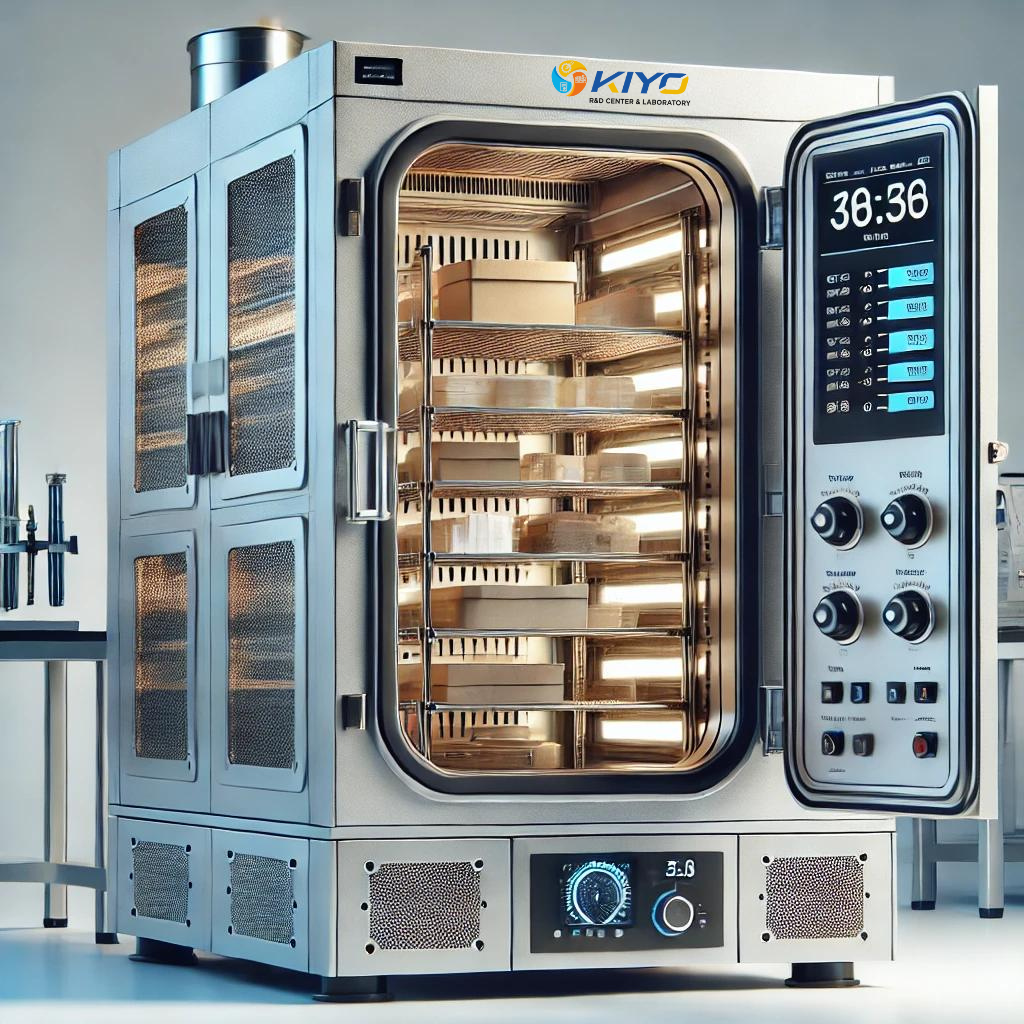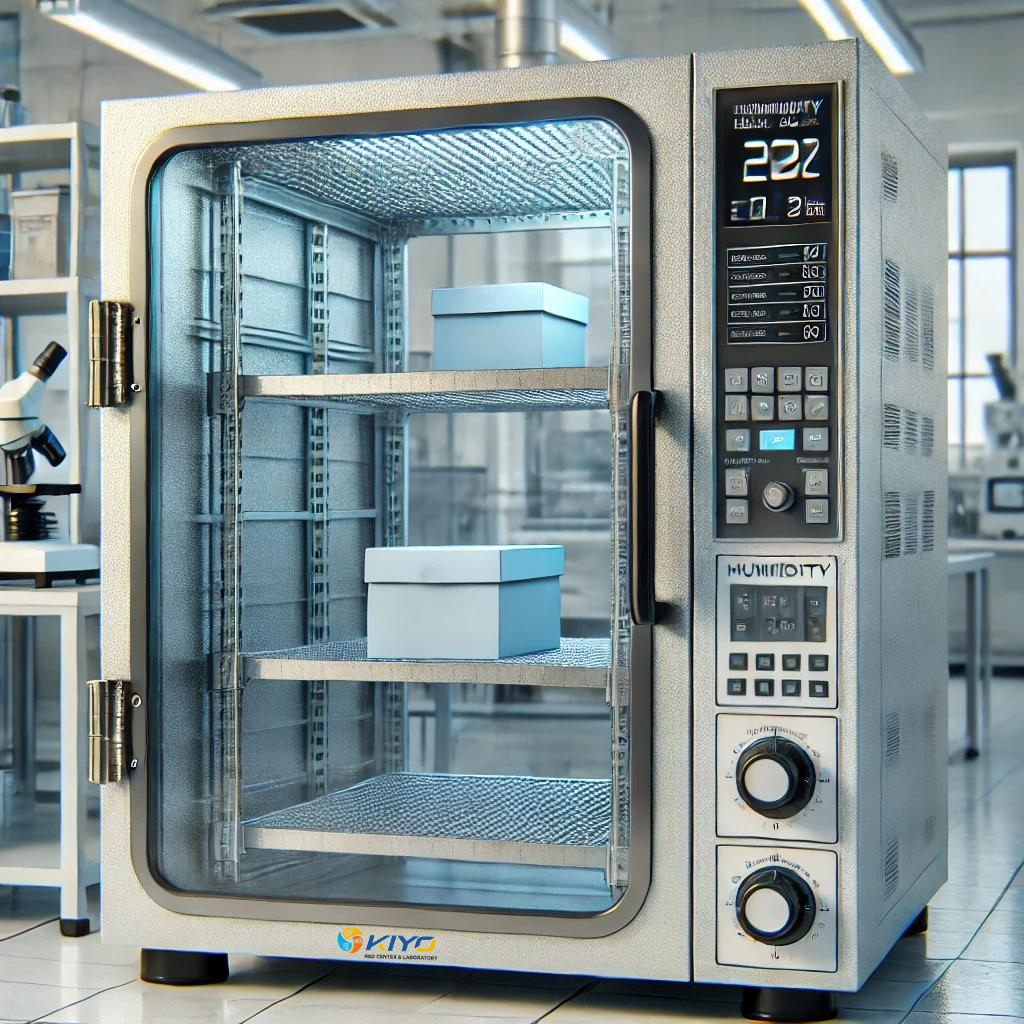Humidity Resistance Test As Per Standard MS 655-08
Ensuring Material Durability with Humidity Resistance Testing: A Deep Dive into MS 655-08 Standard
Introduction
- In the realm of material testing, humidity resistance is a critical factor, especially for materials intended for use in environments with high moisture levels. At Kiyo R&D Center & Laboratory, we understand the importance of this testing and adhere strictly to the MS 655-08 standard. This blog will explore the specifics of the humidity resistance test as per the MS 655-08 standard and why it is essential for ensuring material durability.

The Significance of Humidity Resistance Testing
Humidity resistance testing evaluates how materials withstand prolonged exposure to high humidity levels. This testing is particularly vital for materials used in automotive, electronics, construction, and other industries where moisture exposure can significantly impact performance and longevity.
Overview of the MS 655-08 Standard
The MS 655-08 standard provides a detailed methodology for conducting humidity resistance tests. This standard is essential for maintaining consistency and reliability in test results, enabling manufacturers and researchers to trust the data obtained from these tests.
Key components of the MS 655-08 standard include:
- Test Conditions: Specifies the temperature and humidity levels to be maintained during the test. The test conditions outlined in Table 13 of the standard are:
- Type A, B: 50°C ± 2°C and 95% RH ± 2% for 168 hours
- Type C, D: 50°C ± 2°C and 95% RH ± 2% for 240 hours
- Sample Conditioning: Before testing, specimens are conditioned according to specific guidelines to ensure consistency. After conditioning, moisture is removed using an air blower, and the samples are left at room temperature for one hour.
- Appearance and Adhesion Evaluation: Post-exposure, the appearance of the specimens is checked visually, and adhesion properties are evaluated according to Clause 4.7 of the standard.
The Testing Procedure
- Sample Preparation: Samples are meticulously prepared to meet the specifications outlined in the standard. This involves precise cutting, cleaning, and conditioning to ensure that all samples are uniform and uncontaminated.
- Exposure to Test Conditions: Prepared samples are placed in a humidity chamber set to the conditions specified in Table 13 of the MS 655-08 standard. The chamber maintains the required temperature and humidity levels throughout the test duration.
- Post-Exposure Examination: After the exposure period, samples are removed and allowed to rest at room temperature. Visual inspections are conducted to identify any changes in appearance, followed by adhesion property evaluations.
- Detailed Analysis: Additional tests may be conducted to measure specific mechanical properties and identify any significant changes resulting from humidity exposure. This comprehensive analysis helps in understanding the material’s performance under high humidity conditions.
Importance of Adhering to MS 655-08
Following the MS 655-08 standard ensures that humidity resistance tests are performed consistently and accurately. This consistency is crucial for:
- Reliable Data: Providing trustworthy data that can be used for material selection and quality control.
- Comparative Analysis: Enabling comparison between different materials and products.
- Compliance and Certification: Ensuring materials meet industry standards and regulatory requirements.

Why Kiyo R&D Center & Laboratory?
- At Kiyo R&D Center & Laboratory, we pride ourselves on our meticulous approach to material testing. Our adherence to the MS 655-08 standard and use of advanced testing facilities ensure that our clients receive precise and reliable data. Our experienced technicians and comprehensive testing protocols make us a trusted partner in material durability testing.

